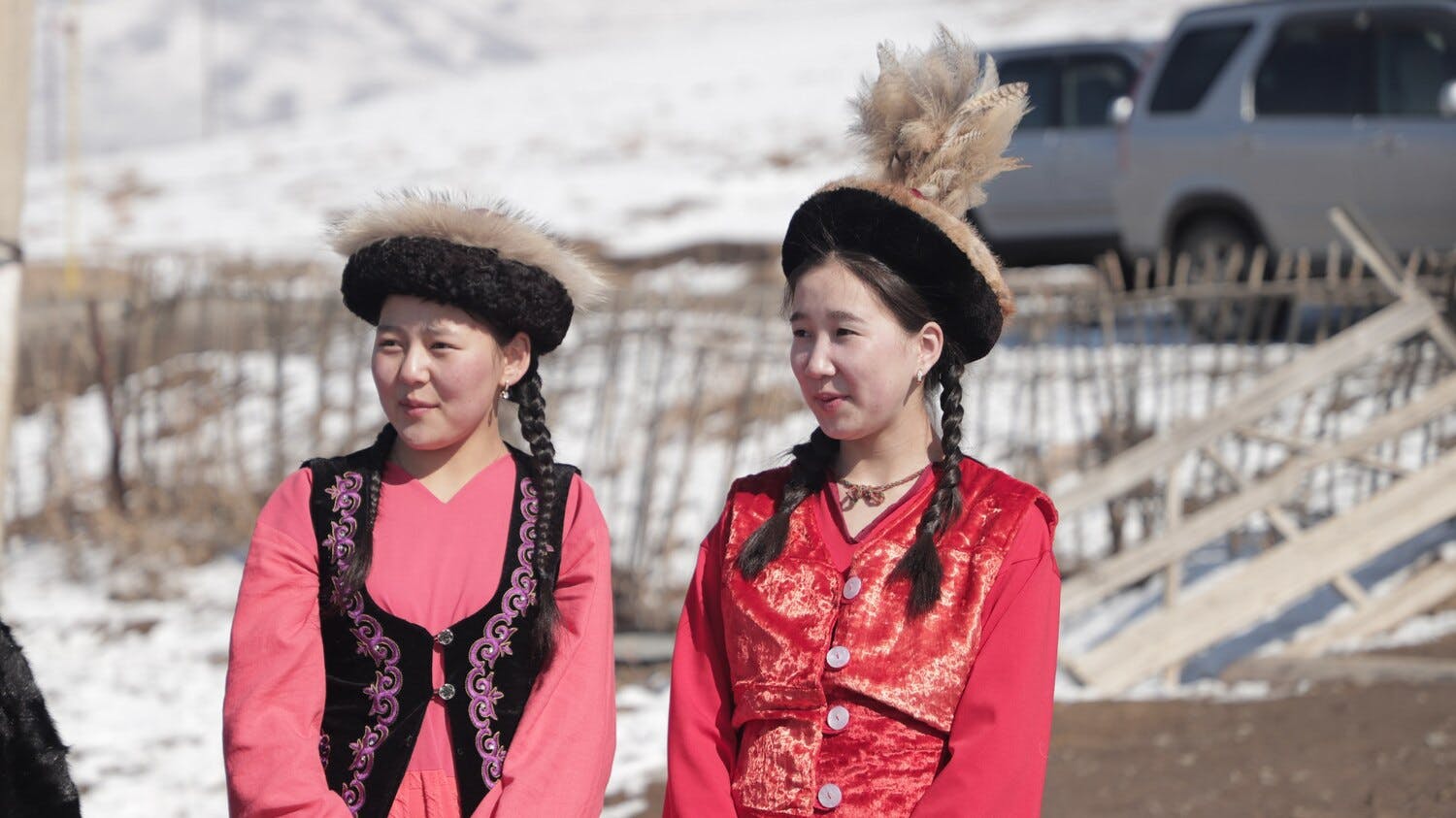Regenerating Rangelands in Central Asia By Bringing Back the Kyrgyz Horse
| Category | Regenerate |
The Indigenous Kyrgyz horse is a breed that has been an essential part of the culture and history of Kyrgyzstan for centuries. These horses are known for their hardiness, endurance, and ability to thrive in the challenging climate of the mountainous region where they are native.
For Indigenous Kyrgyz People, the horse has traditionally played a central role in their nomadic lifestyle moving their yurts (portable tents) and belongings from one place to another and in agriculture.
Led and operated by Indigenous women, support for this project will help restore the IndigenousKyrgyz horse population to help revive livelihoods and regenerate the natural landscape of Central Asia.

Kyrgyz horse breeders (family) are getting down to lower pastures with their livestock for winter (woman on the horse with two children is wife of the herder). Herder’s wife plays an important role in seasonal migrations and on all other stages of livestock breeding. Naryn Province of Kyrgyzstan known for its ancient horse breeding traditions. Credit: Aibek Baimbetov (Documentary team of GHC)
Assembling a herd of Kyrgyz horses
Launched by the Golden Hoof Collaborative (GHC) in 2019 in partnership with Agroecology Fund, the first phase of this project is to form a population of at least 100 horses. Due to inter-breeding with other species, a key component will be to analyze genetically true Indigenous Kyrgyz horses and purchase them.
Currently, there are 46 horses, and funding will help provide their veterinary care, support the four shepherds watching over them, and purchase feed in the winter when they cannot graze due to the danger of wild predators.

he beauty of Kyrgyz Horse. The horses directly involved in our project (they underwent genetic research and purchased by the project). Talas Province (experimental horse breeding farm of the project). Credit: Aibek Baimbetov (Documentary team of GHC)
Creating women-led business opportunities
Once a population is established, community leaders will create a platform to educate local women in agribusiness and ecotourism. These trainings will include pasture management, breeding care, riding tours, and equine rehabilitation therapy.
Indigenous peoples of Pamir, Tien-Shan, and Sayan-Altai will make up 80% of the program's participants. Women leaders of these communities will spread traditional wisdom about the Kyrgyz horse and the revival of cultural livestock breeding.
Through these workshops, women will be empowered with new skills to improve their livelihoods and reconnect with their ancestry.

Offspring of 2022 after first winter. Talas Province (experimental horse breeding farm of the project). Credit: Indira Raimberdieva (GHC Coordinator)
Revitalizing people and the ecosystem
Bringing back the Indigenous Kyrgyz horse will also have profound impacts through both the preservation of the biodiversity of the region and the promotion of sustainable agriculture.
As the horses graze on grasses and other vegetation in the region, new growth is stimulated, and seeds are dispersed, promoting the environment's health. Their droppings also act as a natural fertilizer.
The horses are used in agriculture to provide a sustainable power source to help growers during planting and harvest.
By reviving Indigenous herds like theKyrgyz horse, communities are reconnected to their heritage, and women are given opportunities to improve their lives. At the same time, the environment reaps the benefits of having a native grazer brought back into its ecosystem.


.jpg?auto=compress%2Cformat)

